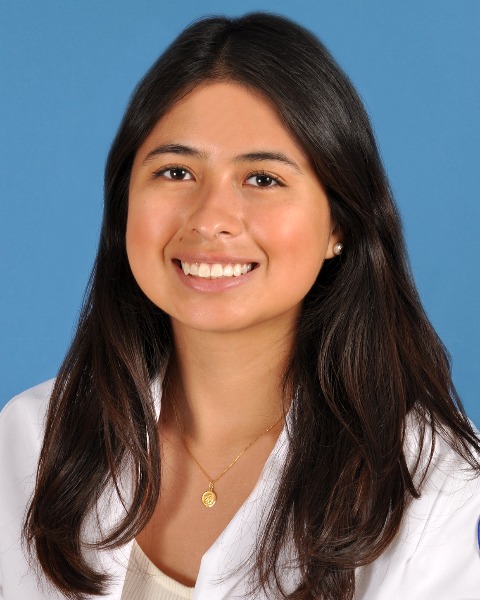Global Neonatal & Children's Health 3
Session: Global Neonatal & Children's Health 3
753 - A Retrospective Analysis of Pediatric Hodgkin Lymphoma Treatment Outcomes at the National Children's Hospital of Costa Rica (2004-2017).
Sunday, April 27, 2025
8:30am - 10:45am HST
Publication Number: 753.4022
Kelly Delgado, University of Illinois College of Medicine, Morton, IL, United States; Pedro A. de Alarcon, University of Illinois College of Medicine, Peoria, IL, United States; Ana Yéssika. Gamboa, Hospital Nacional de Niños, San Jose, San Jose, Costa Rica; Collins Odhiambo, University of Illinois College of Medicine, Peoria, IL, United States

Kelly Delgado, MS-2 (she/her/hers)
Medical Student
University of Illinois College of Medicine
Morton, Illinois, United States
Presenting Author(s)
Background: Pediatric Hodgkin lymphoma (HL) has a high rate of survival in high-income-countries (HIC), yet these outcomes are difficult to reproduce in low-income-countries (LIC). Costa Rica is a middle-income-country with universal health care, where 1/5 of its population lives below the poverty line. LIC’s event free survival (EFS) rates trail HIC by as much as 25%. To close the survival gap and improve cure rates worldwide, further research is necessary to assess the impact of treatment barriers and resource limitations in LIC survival rates.
Objective: We aim to identify an EFS and overall survival (OS) for the 13-year cohort and determine the differences in EFS and OS between low, intermediate, and high-risk groups assigned at diagnosis. EFS is defined as the percentage of patients who survived and did not undergo an event such as death, progression, relapse, or abandonment while OS is the total percentage of patients who survived.
Design/Methods: Kaplan-Meier estimates were used to evaluate EFS and OS, stratified by risk groups, symptoms, stage classification, radiotherapy, and treatment protocols. Associations between survival outcomes and clinical and demographic factors, including treatment protocols and protocol adherence, were examined using Cox proportional hazards (CoxPH) regression.
Results: 96 patients were eligible for evaluation. The mean age at diagnosis was 8.69 years old (y.o), predominant age at diagnosis was 5-10 y.o (58.3%), and the male-to-female ratio was 2-1. The most prevalent histology was nodular sclerosis (81.3%). The overall 5-year EFS and OS was 73% and 86% respectively. The 5-year EFS and OS per risk were 82% and 90% for low-risk, 67% and 100% for intermediate-risk and 67% and 77% for high-risk respectively.
Conclusion(s): The EFS and OS of low- and middle-income countries (LMIC) is inching closer to that in high-income-countries yet more can be done to improve it. Enrolled in the cohort was 1 patient with Down syndrome and 3 patients with ataxia telangiectasia who died from treatment related toxicity, underscoring the need for further research to develop appropriate treatment guidelines for this demographic. 12% of patients did not follow an official protocol which was associated with an increased risk of an event occurring. Additionally, there were several patients that received incorrect treatment, multiple treatments, and excessive treatment which highlight the need for academic and international collaboration in LMIC.
Unofficial Transcript
Unofficial Transcript.pdf

